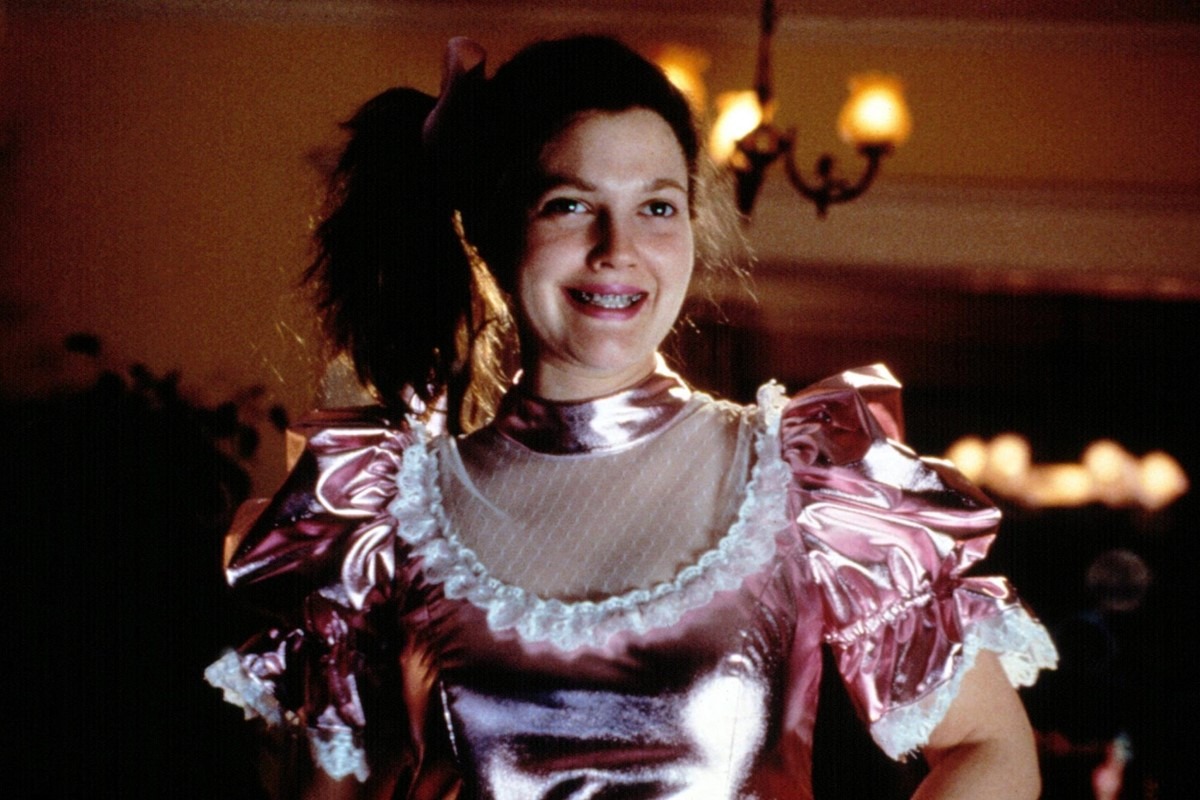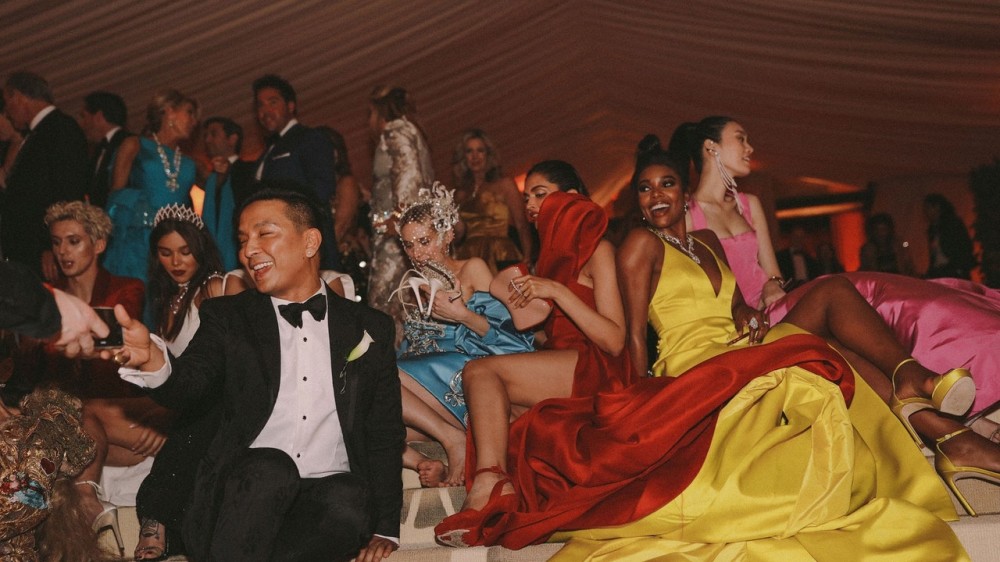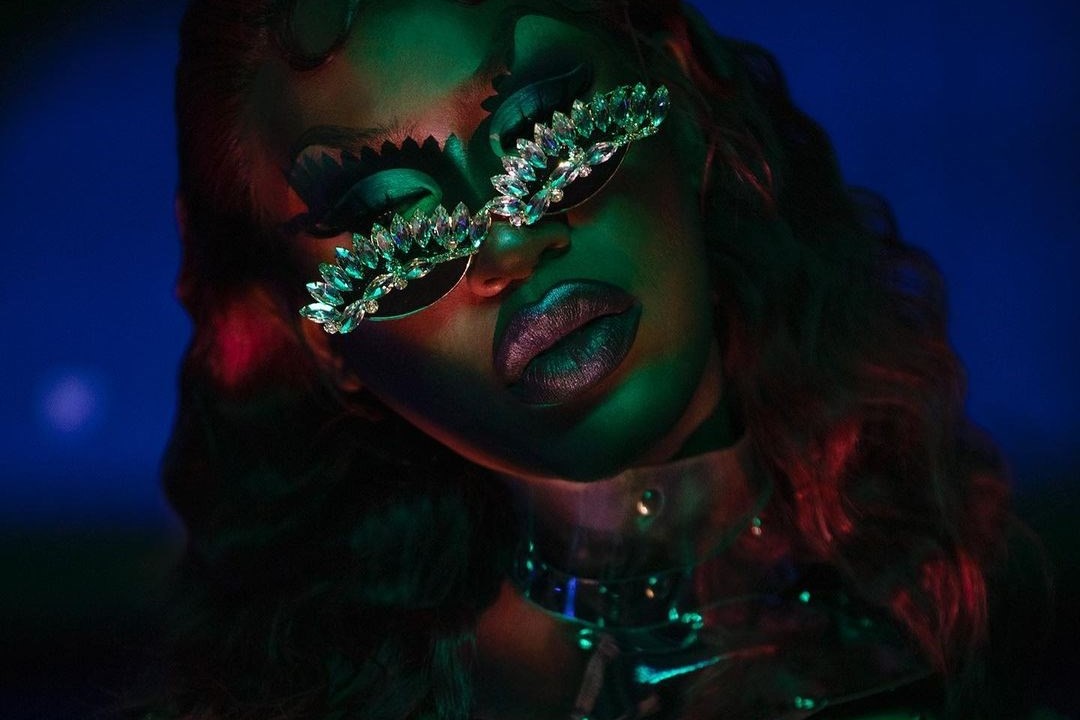
The Little Plague of the Prairie Dress
Nap dresses, milkmaid dresses, prairie dresses, dust bowl dresses, temple dresses. Why is everyone dressing like a ‘haunted Victorian doll’ right now?
At this point, women seem to have two options. To dress like they have gnawed on a piece of bubblegum and stretched it across their bodies – BBL minis barely held together by sinuous bits of string and mesh – or to dress like they spend their days churning butter on a prairie in 19th-century Minnesota. For the sake of this article we will not be distinguishing between nap, milkmaid, prairie, dust bowl or temple dresses, nor Laura Ashley or Gunne Sax gowns – all of which have their own fashion histories, of course, but have now been bastardised into the same puff-sleeved, ditsy print, square-necked, haunted doll amalgam that proliferates commuter trains and rooftop bars in central London.
The disparate looks calcify a virgin-whore dichotomy that has dogged womanhood since time immemorial; that which says women are stuck being a scheming jezebel or a feeble virgin. If cut-out bodycons set up a direct line to pop’s embattled Hot Girl anthems, then these dresses have the same cloying tone as cross-stitch wall hangings – which is all good and fine, of course, but they’re doing a lot of labour for a style that people wear to take naps in. Why, then, have so many women logged on to Instagram shopfronts and chosen to express themselves as a curtain? While brands like Batsheva, The Vampire’s Wife and Shrimps have built a business on shawl-collared, poplin frocks, the whole thing first found its feet during quarantine, when digital media outlets were blethering on about this new trend on TikTok called Cottagecore, when ample free time somehow meant dressing like a toilet roll holder or the protagonists of My Year of Rest and Relaxation, Little Women and The Handmaid’s Tale.




i'm glad so many people want to look like haunted dolls but please can we get another aesthetic i cannot deal with this pic.twitter.com/BAsapgVlG9
— bettina (@bettinamak) July 23, 2022
I don’t think this is necessarily exclusive to womenswear, either. Harry Styles has managed to convince a generation of gay men to wear pearls, sweater vests and pussy bow blouses, gesturing to the same kind of mawkishness as the prairie dress. Some public thinkers have taken their analyses further, too, reading the popularity of the dust bowl dress as a harbinger of end times. Or – quite ghoulishly – the revocation of Roe v Wade, on account of how the silhouette aligns with a Sister Wife dress code. “I probably should not have shown up to cover an abortion rally in a prairie dress… Everyone thinks I’m here from tradwife daily,” Vogue writer Emma Specter observed. Obviously, women can present themselves as modestly or provocatively as they want – riding the mainstream or otherwise – but what do these clothes say about contemporary culture? And why are people getting so het up about it?
After all, aren’t we supposed to be slouching towards sleaze as part of the so-called Vibe Shift? The prairie dress, in all its frills and florals, telegraphs a certain sense of indulgence, a rolling back of the clock to when essential oils were still considered medicinal, and milk was drunk straight from the udder. It is, perhaps, the uniform of those who aspire to a slower-paced lifestyle. People who espouse the joys of lying in meadows, reading books and eating fruit as a way to rail against a system that has forced us all to sit in fluoro-lit offices and talk about “apps”. It’s a knowing rejection of the kind of hypersexualised fits pedalled by former Love Islanders, but it’s also symptomatic of the algorithm’s slow and unyielding churn, specifically that of Hill House – as opposed to Boohoo – and all the other DTC brands that have positioned the dress as some kind of meaningful lifestyle marker.
a tweet like this goes viral every few months… giving people the option to dress modestly if they want isn’t oppression, it’s the opposite actually. https://t.co/hnPlhYqQgZ
— chloe iris (@chIoekennedy) June 29, 2022
There is clearly a demand for this kind of thing, which is why department stores like Target are now lining their rails with mini fleurs, bows and scalloped collars, but, much like any other micro-trend picked up by fast fashion outlets, it looks as though supply is actually shaping demand. Not everyone wants to dress like they write Jane Austen fan fiction or like they larp as an MTV video vixen. “I’m glad so many people want to look like haunted dolls but please can we get another aesthetic I cannot deal with this,” journalist Bettina Mak wrote on Twitter, while publisher Lisa Lucas asked: “how do I mute ‘nap dress’ on all social channels with one click?” Either way, perhaps it is time to haul our bodies off the chaise longue and thrust ourselves beyond the tyranny of two archetypes – and if we do want “having a nap” to be the calling card of our personalities, then perhaps go the whole hog and put on something like this.
tradwife dress i did not buy w/ @foldyrhands and cookies on plath ?? pic.twitter.com/jcQPg8zPwf
— ce n'est pas erica (@sourhoestarter) February 27, 2022
How do I mute “nap dress” on all social channels with one click?
— Lisa Lucas (@likaluca) July 24, 2022



